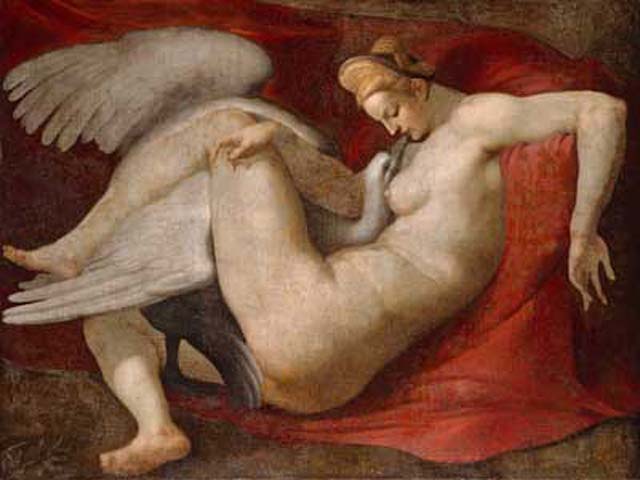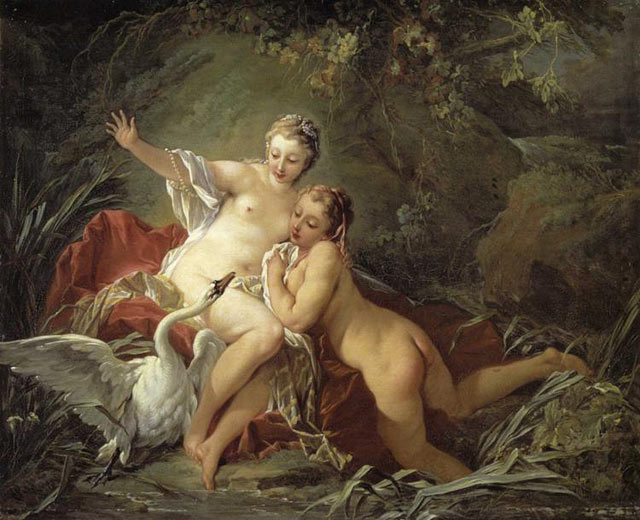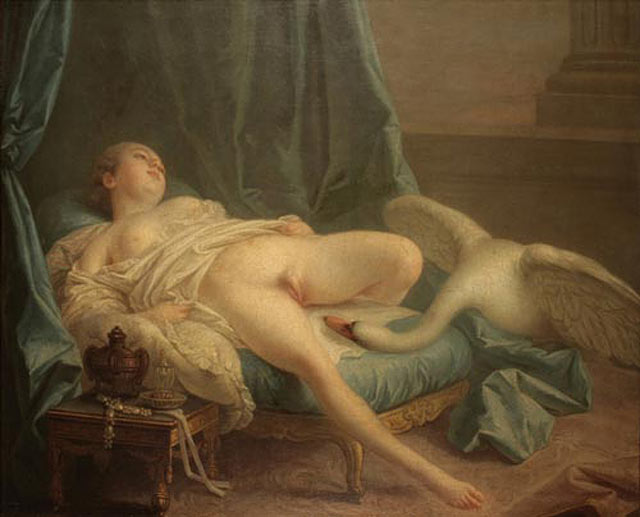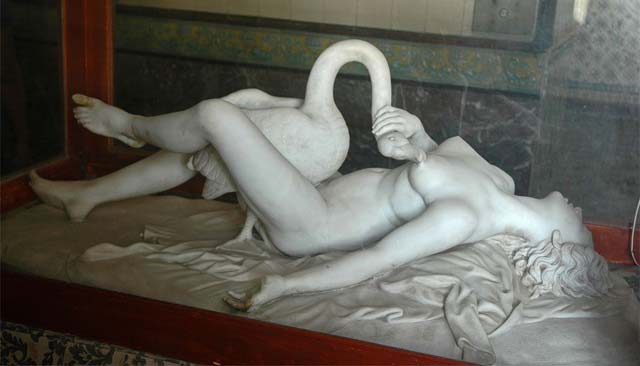
A new study, published in the Journal of Sexual Medicine, suggests there’s a link between bestiality and penile cancer.
During the research, led by urologist Stenio de Cassio Zequi, 492 men from rural Brazil were examined. 118 of these men had been diagnosed with penile cancer. 45 percent of the group that suffered from penile cancer had sexual relations with animals.
Of those men who had sexual relations with animals, 59 percent reported having sex with animals for one to five years and 21 percent had been doing it for more than five years. Sexual interaction occurred as often as daily and included animals such as horses, cows, pigs, and chickens.
{ United Academics | Continue reading }
health, zoophilia | November 11th, 2011 11:25 am
animals, gross, haha, zoophilia | October 18th, 2010 1:45 pm

{ Leda and the Swan, copy after a lost painting by Michelangelo, c. 1530 }

{ François Boucher, Leda and the Swan, 1741-1742 | Read more }

{ François Boucher, Leda and the Swan, c. 1740 }

{ Leda and the Swan, Scindia museum, Gwalior }

{ Leda and the Swan by Norman Parkinson, 1980s }
Leda and the Swan is a motif from Greek mythology, in which Zeus came to Leda in the form of a swan.
The subject undoubtedly owed its sixteenth-century popularity to the paradox that it was considered more acceptable to depict a woman in the act of copulation with a swan than with a man.
Leonardo da Vinci began making studies in 1504 for a painting, apparently never executed, of Leda seated on the ground with her children. In 1508 he painted a different composition of the subject, with a nude standing Leda cuddling the Swan, with the two sets of infant twins, and their huge broken egg-shells.
After something of a hiatus in the 18th and early 19th centuries (apart from a very sensuous Boucher), Leda and the Swan became again a popular motif in the later 19th and 20th centuries, with many Symbolist and Expressionist treatments.
Cy Twombly executed an abstract version of Leda and the Swan in 1962.
{ Wikipedia | Continue reading | Bonus: Doggie style by Fred Inaudi }
animals, beaux-arts, flashback, halves-pairs, photogs, sex-oriented, zoophilia | March 11th, 2010 4:48 pm








